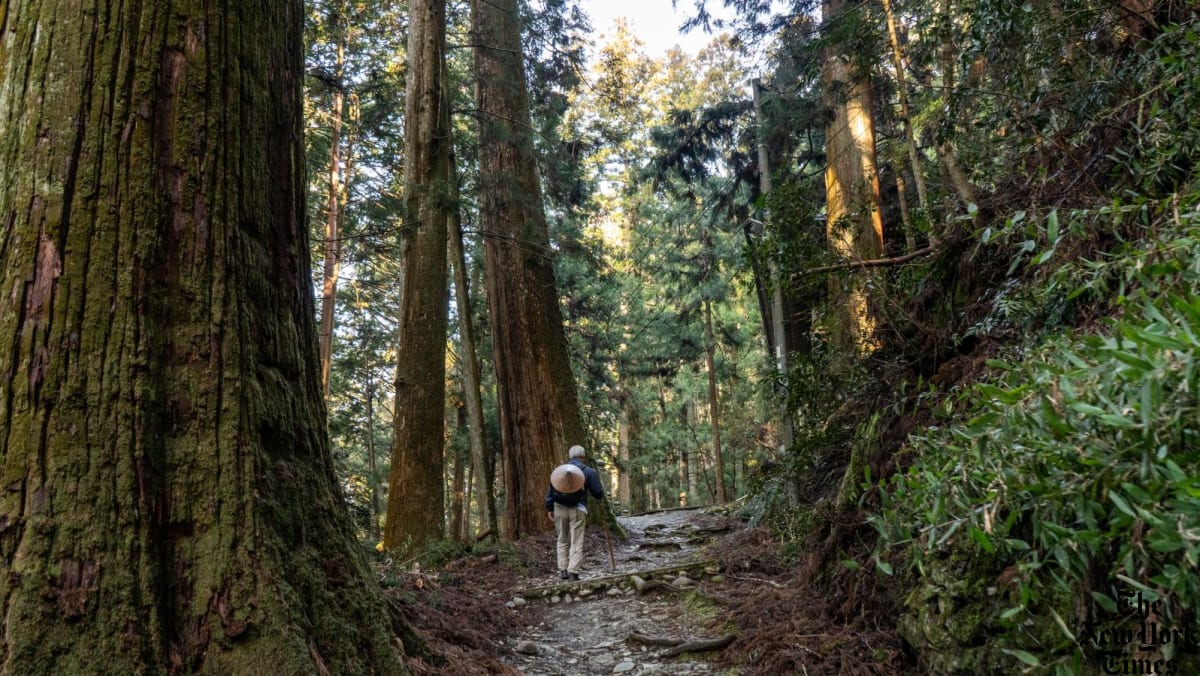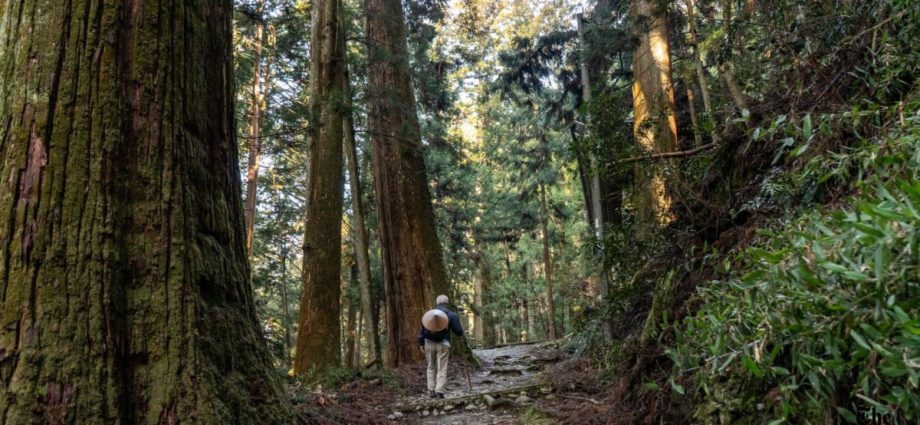
In total, over the course of my 28 days spent visiting all 88 temples, I was also given: 700 yen (about S$6), 11 candies, seven small cakes, seven car rides, six mandarin oranges, five rice balls, three cookies, three chocolates, three cups of green tea, two crackers, two mochi, two soda cans, two multipurpose cloths, two yuzu juice cartons, one yokan (a red bean jelly snack), one bicycle (lent to me for half a day), one bag of steamed chestnuts, one bag of cherry tomatoes, one lunch and one bowl of homemade udon.
The pilgrimage’s temples are scattered along the perimeter of the island – some near the coast, and some farther into the mountainous interior. Some are grouped together, and others are 50 miles apart.
As a pilgrim, I often arose early – by 5.30am in the spring – and spent a full day on the road. About 80 per cent of the route is on asphalt, mostly through open fields and small towns and past beautiful coastline. I spent a few days climbing up and down mountain peaks.
The fading of Japan’s rural population is dramatically evident on Shikoku. Young people have fled to the cities or to other islands that offer a better quality of life. My experience confirmed as much: Nearly all of the young people I saw were in the capitals of the island’s four prefectures.
For breakfast and dinner, many pilgrims take advantage of home-cooked meals provided by most minshuku, or family-operated bed-and-breakfasts, and ryokan, traditional Japanese inns. These meals usually consist of rice, miso soup, fish and pickled vegetables. For lunch, depending on one’s location, convenience stores can provide a quick bite.

